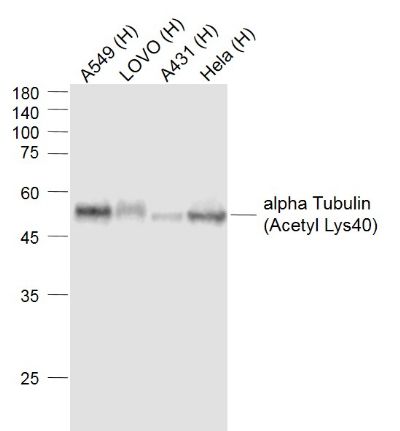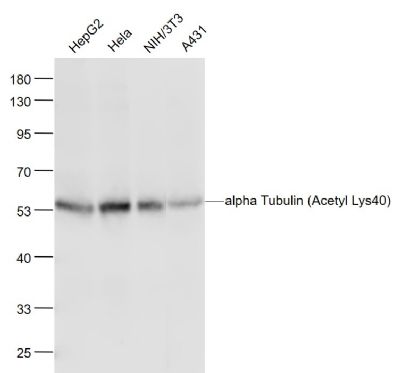Specific References (2) | SLM33235M has been referenced in 2 publications.
[IF=15.828] Chen, Liang-Jian. et al. Gm364 coordinates MIB2/DLL3/Notch2 to regulate female fertility through AKT activation. Cell Death Differ. 2021 Oct;:1-15 IF ; Mouse.
[IF=5.039] Peng RR et al. The 5.8S pre-rRNA maturation factor, M-phase phosphoprotein 6, is a female fertility factor required for oocyte quality and meiosis. Cell Prolif. 2020 Mar;53(3):e12769. WB,IF ; Mouse.

